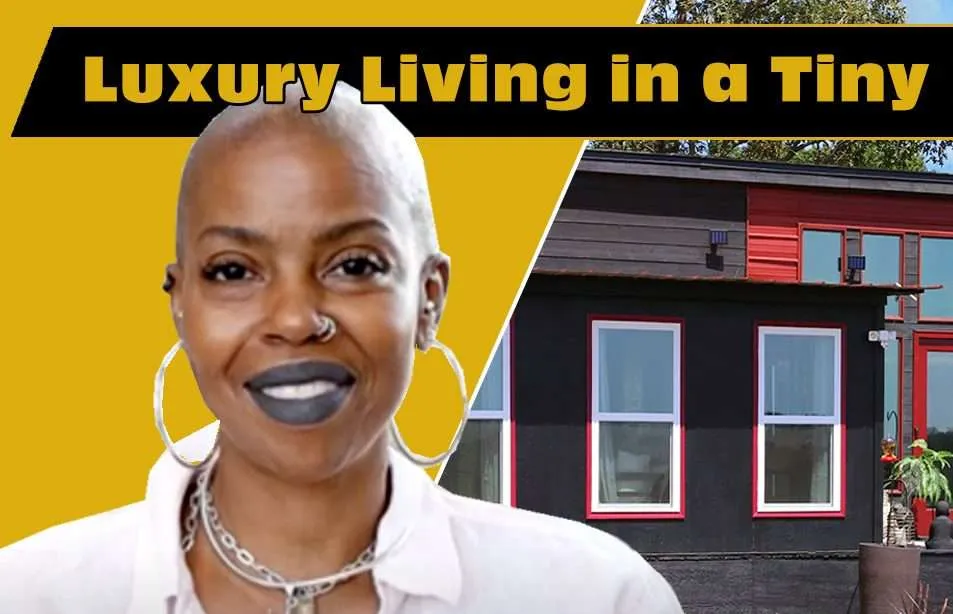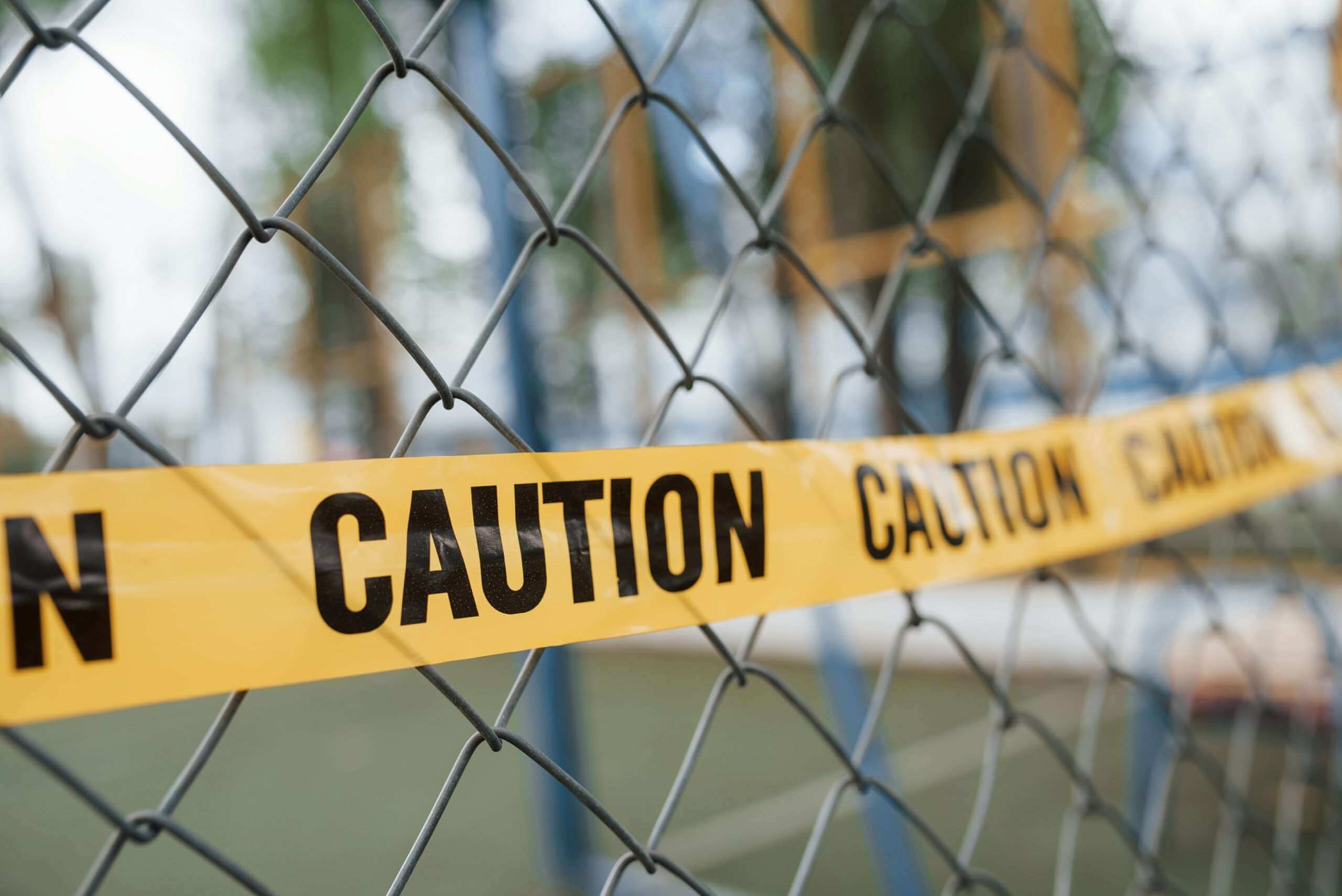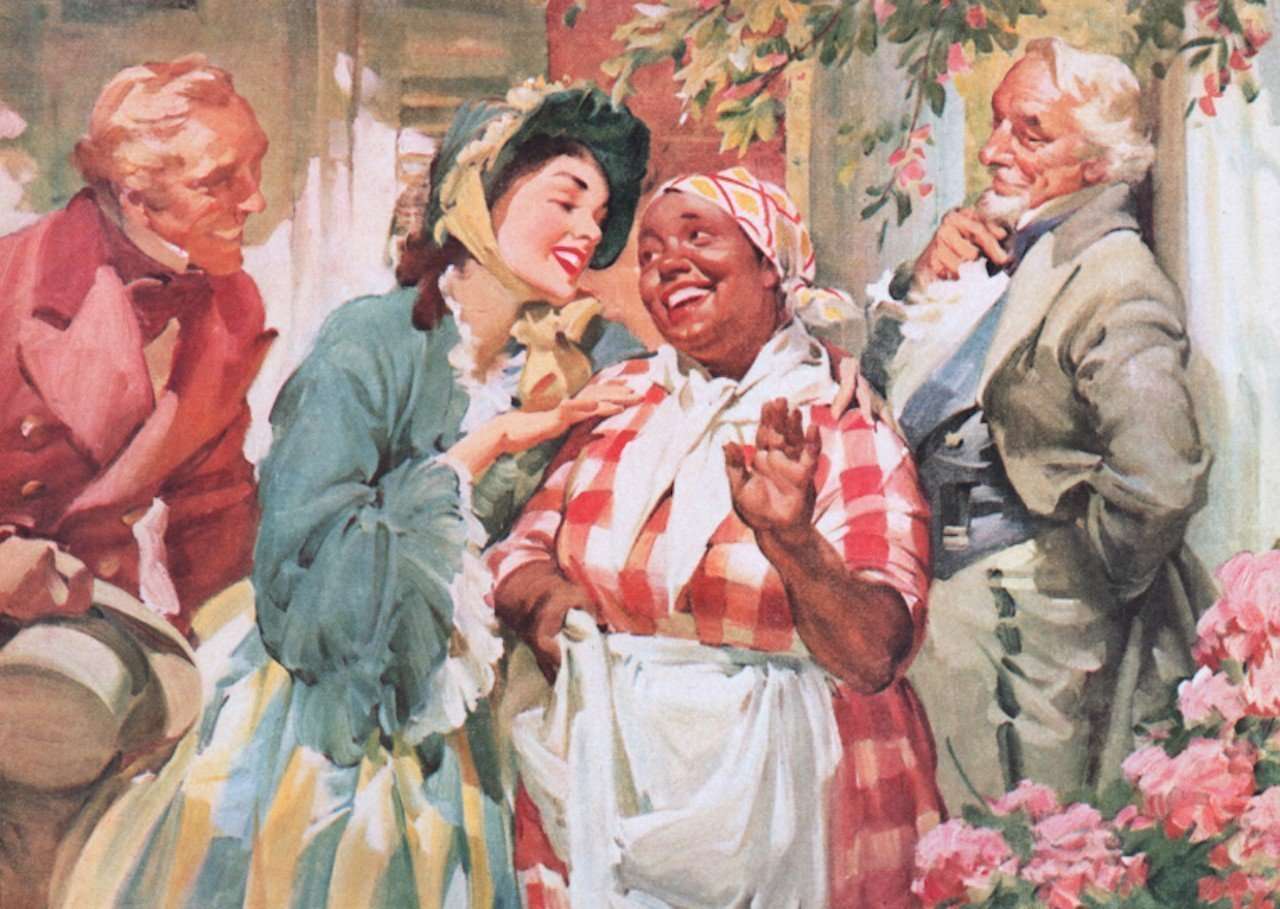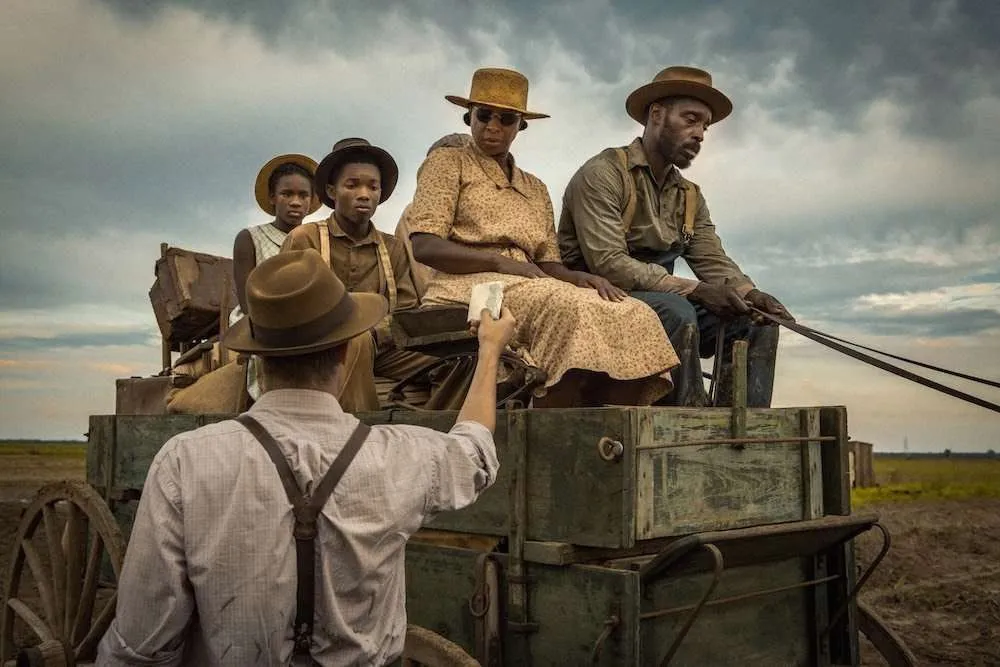Black History
Are Dominicans Black? Yes, but they’re also…
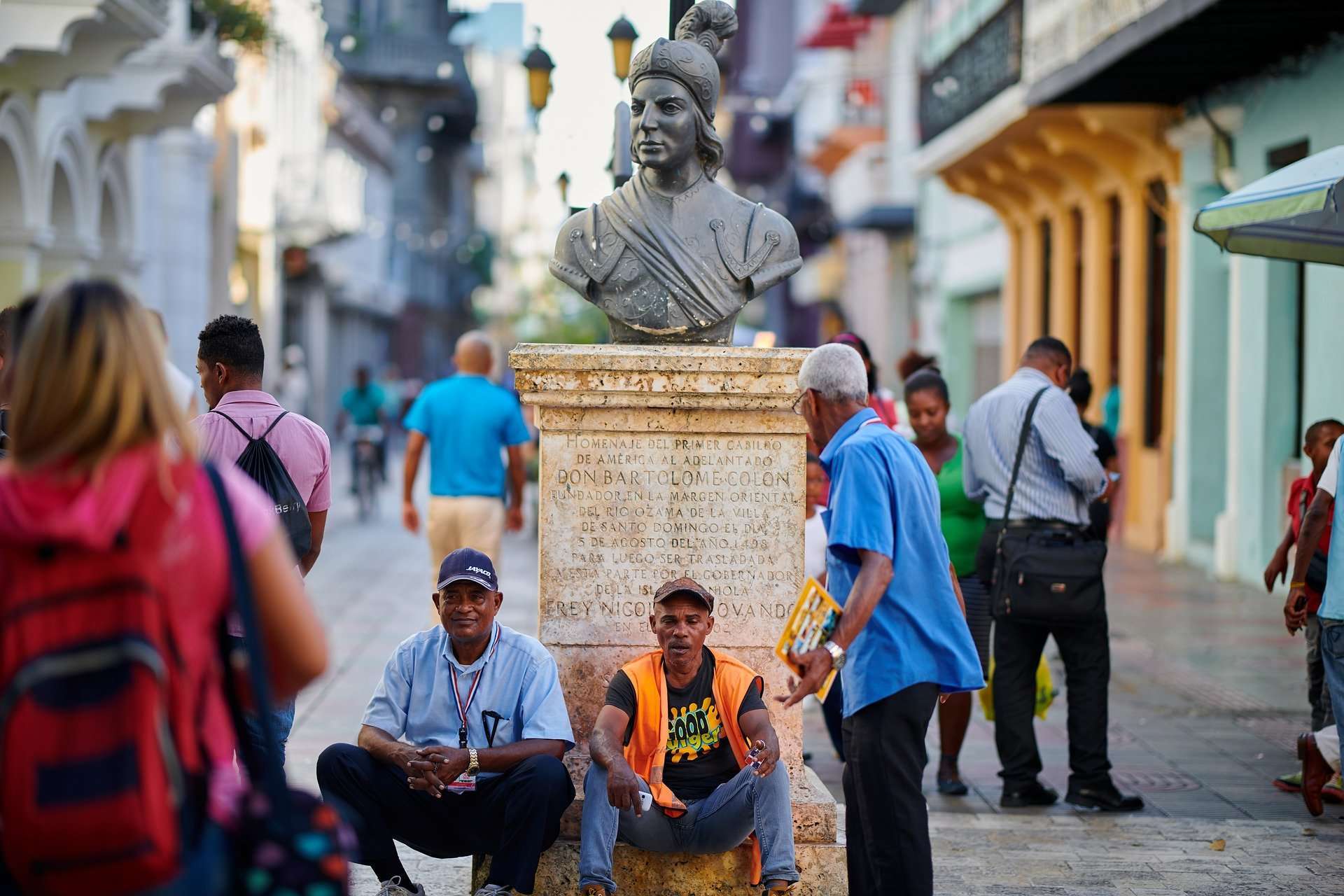
Are Dominicans black?
The Dominican Republic is a popular destination for fun-lovers due to its exotic beaches and resort, but the question of skin color or race has been a thorny one in this rich Caribbean Island country for a long time. Black, dark-skinned, brown, light-skinned, or Haitian Dominicans are just some of the words used on a daily basis to describe people here.
If we are using the qualifications we use in the U.S. when it comes to race, then yes, the majority of Dominicans are black.
Dominican Today puts the population of blacks in the Dominican Republic as approximately 7.9 million. In a country of about 10 million people, that puts the population of blacks at over 70% of the population. In essence, the Dominican Republic has the fifth-highest black population as a country outside of Africa.
Then why is race such a debated and hot issue in the Dominican Republic?
About Dominican Blacks: The Exodus to Slavery
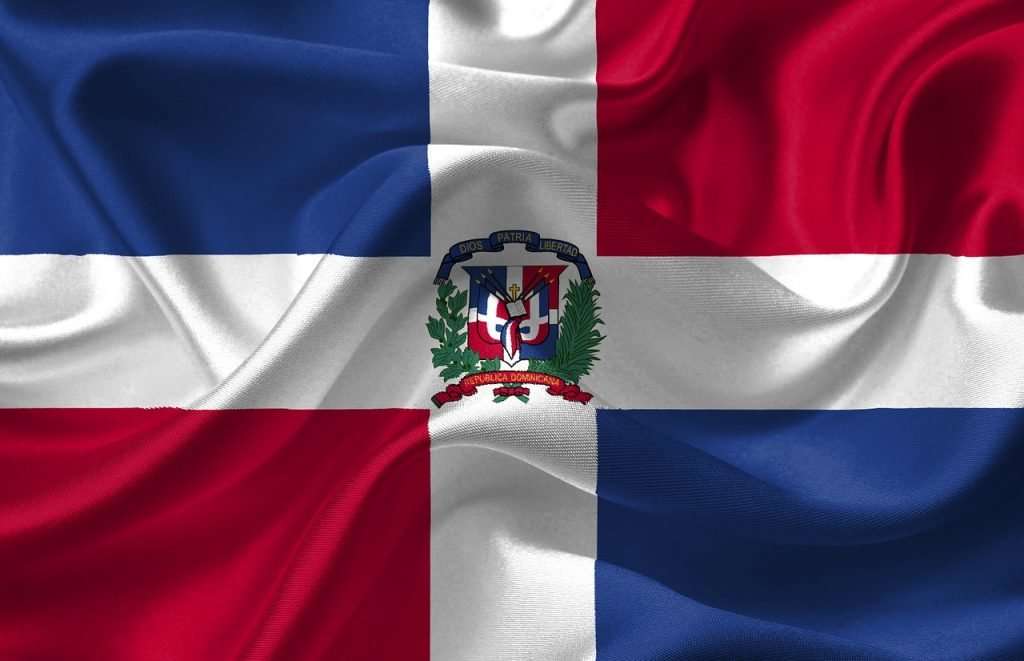
Christopher Columbus arrived in the Caribbean Island in 1492 and named it Hispaniola, meaning ‘Little Spain’. It remained under the rule of Spain for centuries. Santa Domingo and Haiti were two colonies on the Island sharing borders with each other.
Santa Domingo was the first place in the Americas where Africans were sold as slaves far back to 1503. This period marked the beginning of the Trans-Atlantic Slave trade involving the Spanish, Portuguese, and later other European nations. It represented the movement of blacks as slaves from Africa to the Americas.
Part of the mainstay of Dominicans includes the production of rice, sugar, cattle, and coffee. Also, mining and the construction industry were sources of occupation for the Dominicans. It, however, was after the exhaustion of the gold reserves and the introduction of livestock.
Due to agriculture, industries in the Dominican Republic were in dire need of labor but could not use the Native American population. Also, an epidemic led to the death of a good portion of the local workforce. The Spanish government, therefore, permitted the use of slaves in cultivating the farmlands.
Most of the slaves came from Sene-Gambia, Central, and West African regions. The nations mainly involved in the slave trade include Nigeria, Mali, Senegal, Angola, Cameroon, and the Benin Republic.
Over time, the population of slaves grew to an alarming proportion. You had immigrant blacks also arriving from French and Anglo Carribean countries. The sugar industry kept attracting new participation from the Italians, Puerto Ricans, German, and American traders.
However, the Dominicans took control of the sugar industry when other surrounding nations were experiencing civil wars. The shortage of labor in the 18th century and a drop in prices resulted in lower wages. Therefore, the Dominicans resorted to the importation of more blacks from the Virgin and Leeward Islands, Nevis, Antigua, and Anguilla.
Haitians also migrated from their border country into Santa Domingo in search of work. These laborers worked in the sugar industry and railroad construction companies. They, however, became victims of racism and suffered ill-treatment.
Blacks Revolt against Slavery and the Dominican Republic Independence
As a result of the harsh treatment of slaves in the 15h century, there were several revolts by slaves against their owners. Some of the revolting slaves later created autonomous African communities in the northern, eastern, and southwestern parts of the island. That was what gave rise to the first African Maroon community in the Americas.
The revolt continued into the 16th century. African ex-slaves went on to establish other communities, including those by ex-slaves of African Origin in the west of Hispaniola. The area later came under the governance of France and became to be known as Saint Domingue or modern-day Haiti.
When Santa Domingo finally secured her independence from Spain, it came under the control of the Haitians in 1822. President Jean-Pierre Boyer of Haiti ordered the invasion of Santa Domingo using the Haitian Army.

However, the Dominicans, through armed struggle, regained their sovereignty from the Haitians in 1844. Santa Domingo became the capital city with the creation of the Dominican Republic in 1844. At the coming of Haiti, the Dominican sugar industry was already experiencing a boom. The presence of Haitians looked like an excellent arrangement to help develop the industry and economy.
Things, however, took a different turn over the years. In 1930, Dominican dictator, General Rafael, introduced the new national identity card for registration. There was no provision for citizens to identify their race as black but white, Indians, or mixed. This development further created a conflict on the blackness or whiteness of the Dominicans.
The situation worsened to the point that in 1937, Rafael’s activities culminated in the death of at least 20,000 Haitians. To date, the anti-Haitian or black racial sentiment holds sway in some circles in the Dominican Republic.
Racial Controversy, Stereotypes, and Self-denial among Dominican Blacks
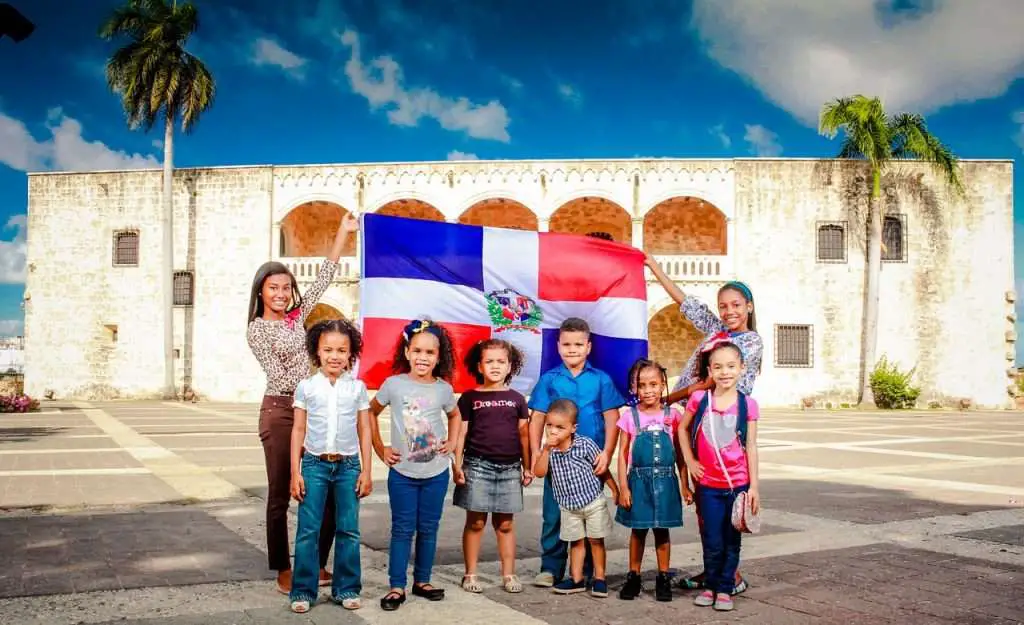
The Dominican Republic has been a victim of its historical past. Today, you hear screams of ‘Arreglate ese pelo!’ meaning ‘fix that hair!’, ‘pajon’ – ‘afro’ and ‘pelo malo’ – ‘bad hair!’ These are some of the racial profiling in the Dominican Republic, targeting those who don’t have more of European features that are regarded as more desireable. This screams of discrimination are only a fraction of the social divide facing Dominican blacks in the republic.
Miami Herald Foreign Correspondence Frances Robles, covering Cuba, Puerto Rico, and the Dominican Republic, talks about Dominican blacks. She says blacks in the region see being black as a source of shame.
“There is a general feeling that being Haitian or black is a bad thing. This feeling has resulted in a lot of stereotyping in the Latin American country. You hear things like, ‘yeah, he is black,’ ‘my God! Can you imagine she got married to a person that dark? He must be Haitian!”
To avoid racial stereotypes or discrimination, a lot of people undergo pressure to marry lighter skin spouse. That way, they could give birth to lighter skin kids. An example of this pressure is Roque Feliz, a dark-skinned social justice advocate from Santo Domingo in the Dominican Republic. Feliz says his mother warned him never to marry a black lady. He is dark-skinned but would not be referred to as black in the Dominicans.
However, Feliz, through his advocacy group, Centro Bono, fights for the rights of Haitian Immigrants.
Tales of Race in Dominican Republic
English Professor, Morgan Miller, talks about her experiences with race in Dominican Republic:
“Being an African American from the South, I loved the idea of living in a black community, a country where most people looked like me. However, it didn’t take long to experience firsthand a familiar, yet foreign, racism. I endured taunts, repeated denials into clubs, and regular slights. Feeling so much like a walking target with my sizable pajón (afro-looks), I opted for hair ties on days that the taunts became unbearable.”
Cristina Reyes, from Houston, Texas, wrote the following:
“I have never understood, in all my years, why the Dominican culture steadily continues to deny their “blackness.” Their children aren’t taught to consider themselves “negro” instead they are to consider themselves “indio.” The darker the skin the uglier person, the straighter the hair the prettier the girl.
I love my Dominican Heritage and I am proud to be American, but what I am most proud of is that I descended from strong and beautiful Africans that despite being subjected to the most inhumane and atrocious acts in history, their legacy can be kept alive in my face and dark skin.”
Therefore, back to the big question, are Dominicans Black?
People rarely see themselves as blacks in the Dominicans. You could be something else but not black. Therefore, you see white, mixed, Indians, Hispanics, dark Indians, and any other coloration that helps deny being black as the preference.
Some people use the shape of the nose and skin color to determine if a person is white or black. So, even if a person has brown skin but straight hair and a pointed nose, he could be white. That’s how complicated race in Dominican Republic has become.
Sentencia 168/13 Supreme Court Ruling and Race in Dominican Republic
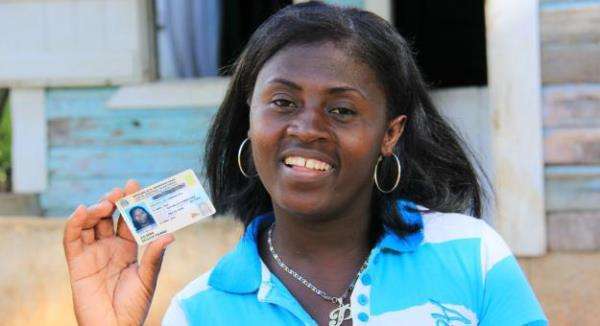
The controversies of Race in Dominican Republic or Haitian-ness became worst with the Sentencia 168/13 Supreme Court ruling. Citizens whose parents were given birth to outside the republic up until 1929 had their citizenship revoked. That was the case with Haitian, Juliana Deguis Pierre, who was a Dominican black until that judgment.
Thus, at least 201,000 people lost their citizenship in one night. Those affected had the only option of seeking regularization of their nationality. By the legal interpretation, these Haitians become foreigners and not citizens of the Dominican Republic.
Ugly episodes like this have resulted in violence. Thousands of people have been lynched, maimed, killed as Haitians – black or brown in the Dominican Republic.
Are Dominicans Black?
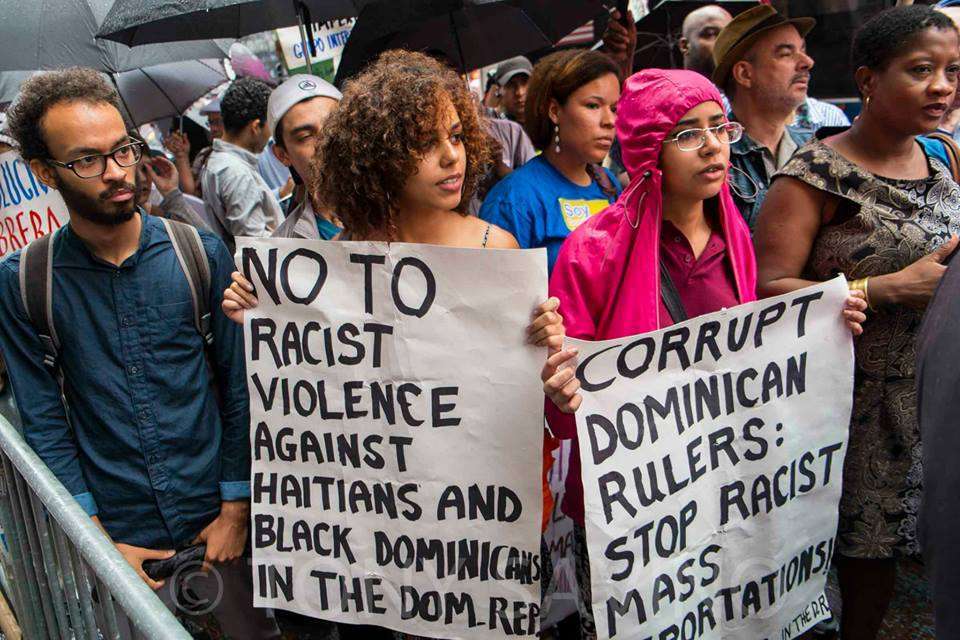
Like Frances explained above, it took traveling to the US for some Dominican blacks to agree or realize they are blacks. Or even celebrate their black side. Even amongst dark-skinned Dominicans, some saw themselves as not black until their stay in the USA.
Benjamin Bailey of the University of Massachusett-Amherst tries to answer the question, are Dominicans black. A high percentage of Dominicans trace their a good amount of their ancestry to Sub-Saharan Africa, he argues, but the notion that somebody who has any black blood in them is just simply black is just an American ideology. Other countries might not see the issue as simply black and white.
So, is it time for some to stop telling Dominicans they are black? Because chances are, majority of Dominicans also have Native and European ancestry. So, should the other ancestries just give way to Blackness because we want to hold them to the same standard that America has held its Blacks to?
Either way, it is clear that what has brought on all of the racial discrimination in the Dominican Republic and other countries that suffer from the same fate is the European ploy to use race to divide and conquer.
On the issue of whether Dominicans are black, one fact remains clear. And that has to do with the polarization of the Dominican Republic across racial lines, anti-Haitian stands, class immigration, and a sense of nationalism. But the blackness of Dominicans is in no doubt real.
Also, Check Related Stories:




